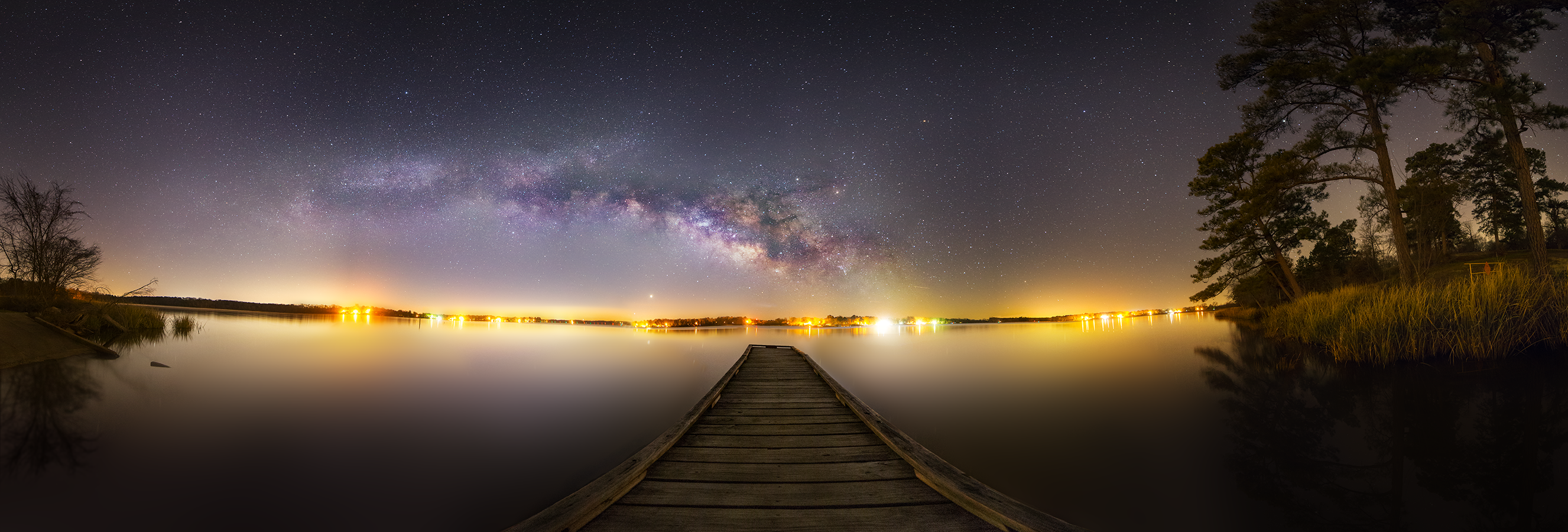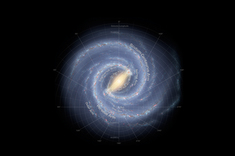
The Milky Way and five planets in one stunning image took some patience, but paid off handsomely for skywatcher Matt Smith. The image was taken from Carthage, Texas on February 10, 2016.
Credit: Matt Smith
The Milky Way and five planets in one stunning image took some patience, but paid off handsomely for skywatcher Matt Smith.
“I knew that I wanted to get the planetary alignment and try to get the Milky Way as well. I finally had my opportunity and found a location with a great view of the Southeast,” Smith wrote in an email to Space.com. He took the amazing image from Carthage, Texas on Feb. 10.
On the far right in the trees you can see the bright dot of Jupiter. Further left you can make out rust colored Mars and above the core of the Milky Way you can see Saturn.
Below the core, Venus shines bright, with Mercury near the first rays of sunrise.

0 of 10 questions complete
The Milky Way is a spiral galaxy , meaning multiple “arms” sprout from a central region and then swirl around it, like streams of water spiraling down a drain. It stretches between 100, 000 and 120,000 light-years in diameter. It is estimated that the galaxy has approximately 400 billion stars.
To see more amazing night sky photos submitted by Space.com readers, visit our astrophotography archive .
Editor’s note: If you have an amazing night sky photo you’d like to share with us and our news partners for a possible story or gallery, send images and comments in to spacephotos@space.com.
Follow us on Twitter @Spacedotcom . We’re also on Facebook and Google+ . Original story on Space.com .


Comments are closed.